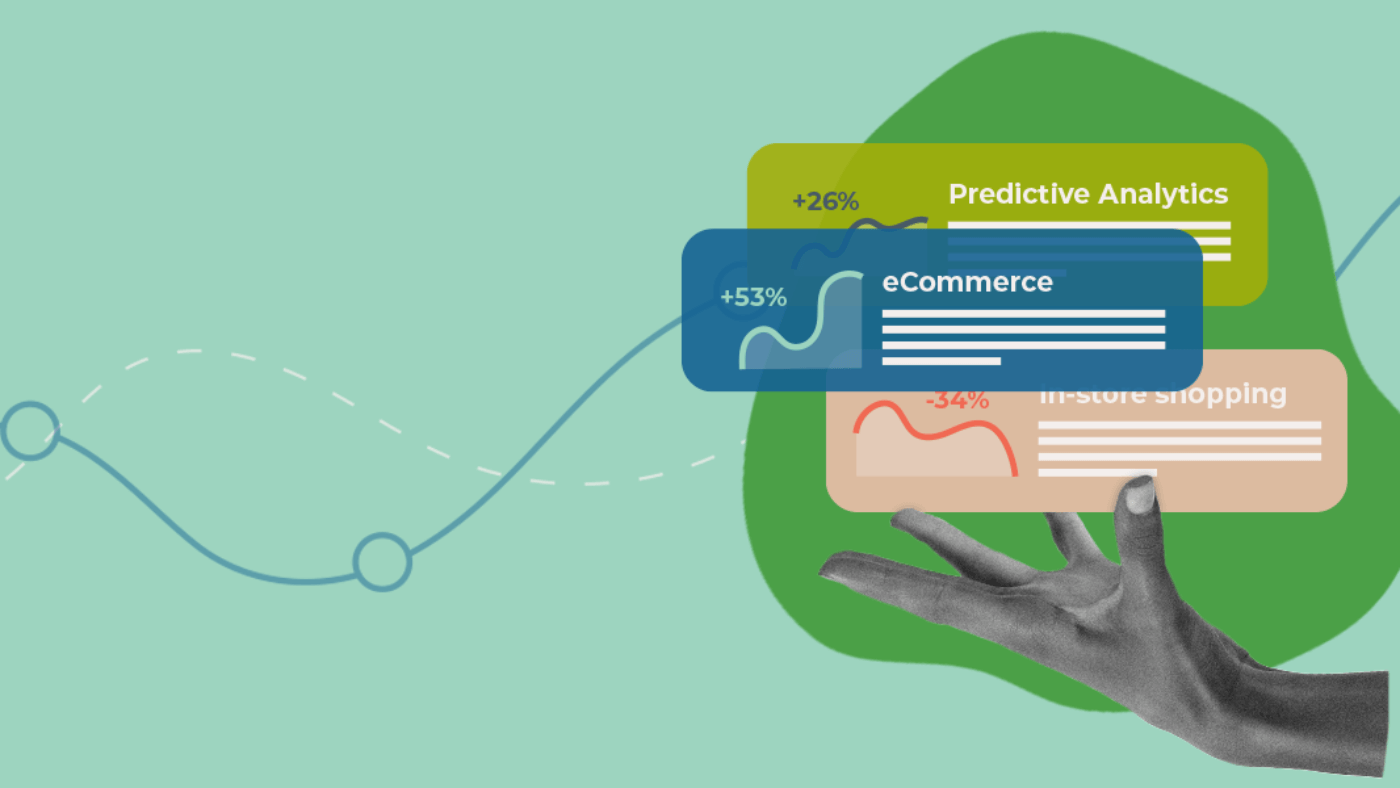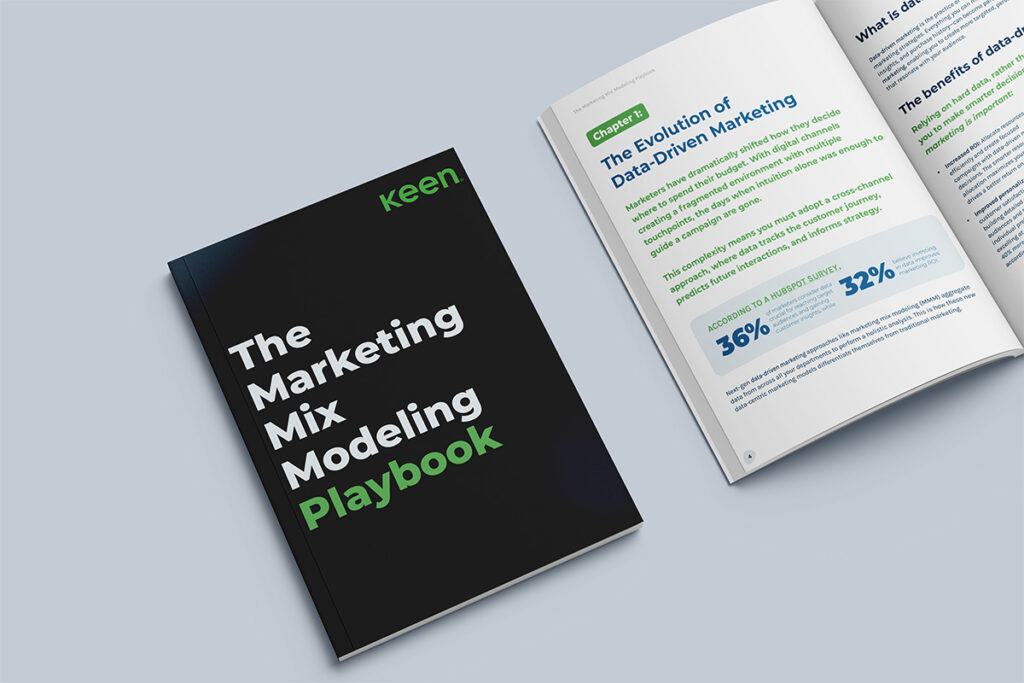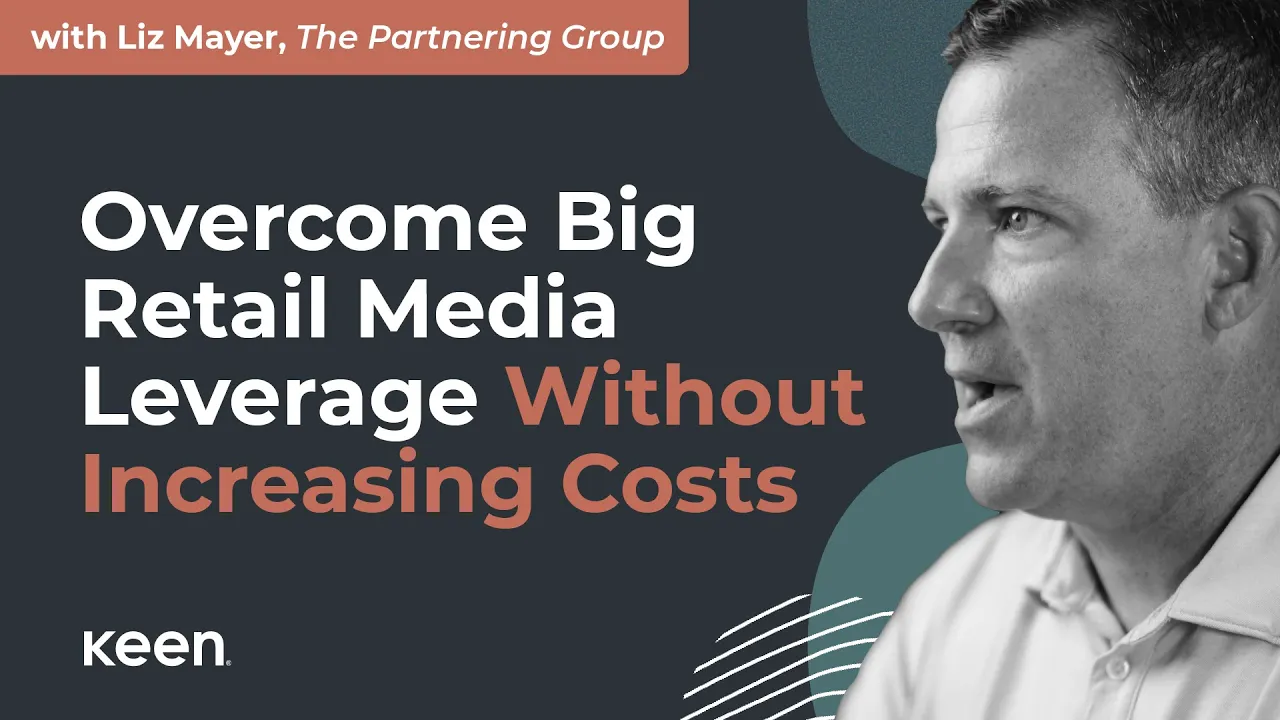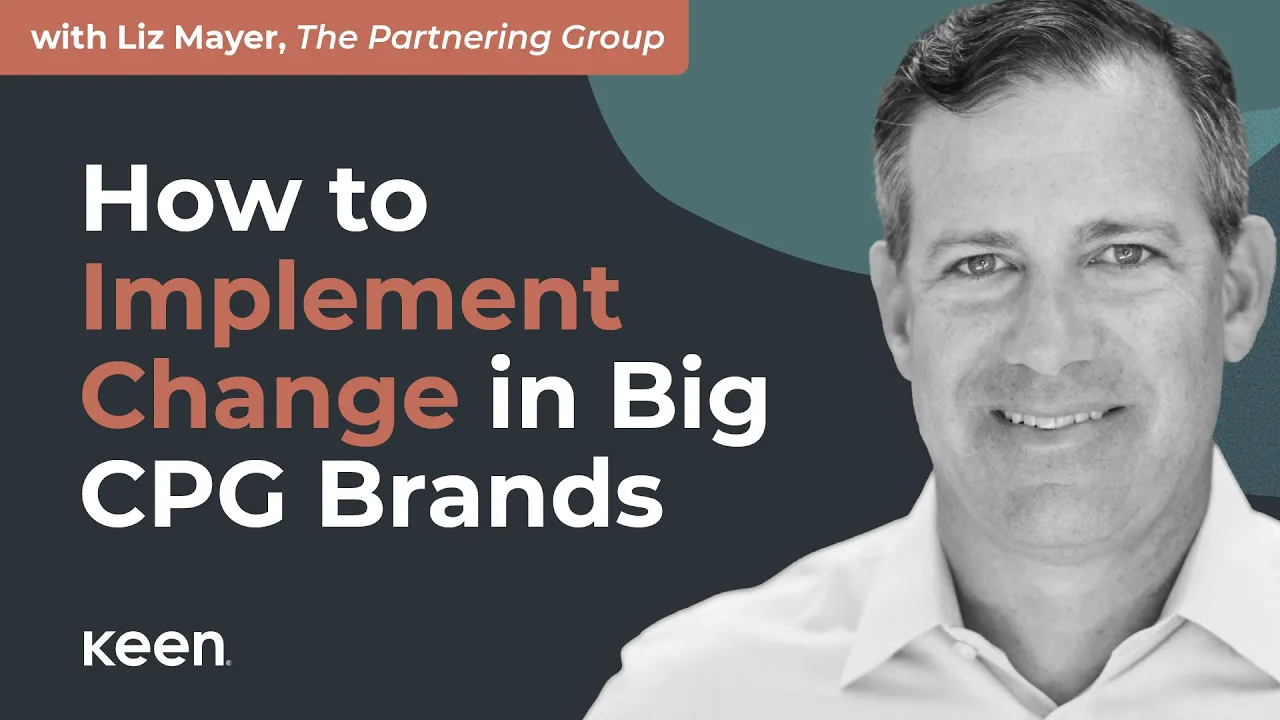The U.S. Commerce Department shocked analysts with its report that June retail sales rose 0.6 percent overall (excluding auto sales the uptick was 1.3 percent), according to global supply chain media platform Freightwaves.com; this on the heels of a 1.7 percent drop in May.
While the end of shutdowns spurred some of that growth, the real driver happened online. “Commercial real estate firm CBRE released a report on global e-commerce predicting that U.S. e-commerce sales will comprise more than 25 percent of total retail sales by 2025. And e-Marketer predicts e-commerce sales will grow 17.9 percent this year,” according to Freightwave.
Despite the strong comeback, storm clouds loom amid growing concerns about inflation and a resurgence of COVID cases from the Delta variant.
Uncertainty presents tough challenges for marketers, who need to ‘make forward-looking bets’ in the form of their marketing investment decisions. That’s difficult in normal times, but can feel overwhelming in the face of multiple, unpredictable and interdependent macro factors.
Here are several questions to consider to help prepare your marketing team and your plan for the known–and unknown–challenges ahead, based on learnings Keen has gained working with top consumer brands across retail, food and beverage, consumer goods and consumer health industries.
Are your team and resources aligned to pivot from annual marketing planning to quarterly or even monthly updates?
It was earlier this year that Procter & Gamble’s Chief Brand Officer Mark Pritchard declared the death of upfront deals for television advertising (annual, discounted contracts on TV ad buys). Far from a canary in the coal mine, this proclamation made official what consumer marketers have known for some time: Marketing may be budgeted once a year, but quarterly or even monthly updates are now critical to stay on track with goal achievement in today’s fragmented and rapidly changing media marketplace, especially since 2021’s economic shock.
The next question becomes what insights will you rely on to drive more frequent, time-sensitive updates and plan adjustments.
“If performance-management technology investments are not part of your answer to this question they should be,” says Keen CRO Enid Maran. “One of the advantages machine-learning software offers marketing planners is the ability to ingest recent performance data and apply it to future modeling. This technology-enabled approach promotes a culture of continuous improvement that includes plan, execute, measure and adapt.
“That’s the future state of marketing-performance management we’re seeing play out with increasing consistency across our client base.”
What needs, beyond technology, will be necessary to meet consumer expectations online?
According to “How E-Commerce Fits into Retail’s Post-Pandemic Future” published on Harvard Business Review.com, “To be successful in e-commerce, you need to think bigger than e-commerce. The core question retailers must ask themselves first is not, ‘What e-commerce investments do I need to make?’ but rather,
‘What consumer experience do I need to offer?’
“The consumer experience is rapidly evolving from one that’s built upon the transactional process of in-store shopping to one that’s rooted in deep, ongoing and enriching relationships.”
Building community online is increasingly nuanced and can be difficult to validate in terms that resonate with senior management. One Keen client who’s taken a creative and impactful approach to online engagement is Yasso Greek Frozen Yogurt.
As CMO Andy Judd explains, “We leveraged our influencers disproportionately following COVID to essentially serve as a proxy to taste Yasso’s products on consumers’ behalf when sampling became unavailable.
“In fact, we scaled our effort three different times during COVID because of the importance of a real, unbiased perspective on what the food was really like. We then used Keen’s platform to validate the strategy’s powerful impact on revenue throughout the pandemic.”

How can you increase your agility to pivot in response to the unexpected in 2022 and beyond?
Based on Keen’s work with consumer brands, agile marketing planning decisions rely on a triangulated approach, one that leverages:
- Your team’s expertise and know-how
- Your agency’s perspective and insights
- Predictive marketing analytics
Bob’s Discount Furniture, another Keen client, demonstrates how these three legs of their marketing stool could be used to prop up back-half sales following store shutdowns in the early months of the pandemic.
Using this triangulated approach, the company began to reopen stores in late May and ramped up its media spend in time for Memorial Day weekend, historically a seasonal peak for furniture sales. The result?
They posted one of their strongest weeks by mid-June, and by month-end had topped that as its marketing spend returned to pre-pandemic levels.
So as you get ready for 2022, and its known and unknown opportunities and risks, consider this final thought by legendary racing driver Mario Andretti:
“If you have everything under control, you’re not moving fast enough.”
Read the case study here.





